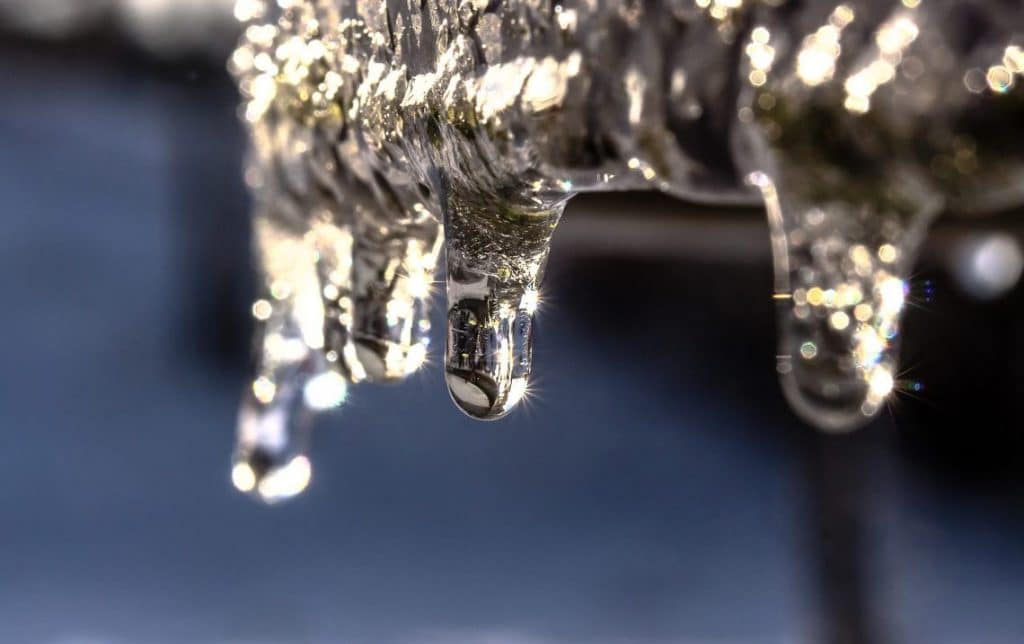Important Tips to Avoid Frozen Plumbing in Cold Weather
Important Tips to Avoid Frozen Plumbing in Cold Weather
Blog Article
They are making a few good pointers on the subject of Helpful Tips to Prevent Frozen Pipes this Winter overall in the article following next.

Cold weather can wreak havoc on your plumbing, specifically by freezing pipelines. Right here's exactly how to stop it from taking place and what to do if it does.
Introduction
As temperature levels drop, the threat of frozen pipes boosts, possibly causing expensive repair work and water damage. Recognizing exactly how to avoid icy pipes is vital for house owners in cool climates.
Understanding Frozen Pipes
What causes pipelines to ice up?
Pipes freeze when subjected to temperatures below 32 ° F (0 ° C) for expanded periods. As water inside the pipes freezes, it increases, putting pressure on the pipeline walls and potentially causing them to rupture.
Threats and damages
Icy pipes can bring about water system disturbances, property damages, and pricey repair services. Ruptured pipes can flood homes and trigger comprehensive structural damage.
Signs of Frozen Pipes
Recognizing icy pipes early can stop them from rupturing.
How to recognize icy pipelines
Look for decreased water flow from taps, unusual odors or noises from pipes, and noticeable frost on revealed pipes.
Prevention Tips
Insulating vulnerable pipes
Wrap pipelines in insulation sleeves or use heat tape to safeguard them from freezing temperatures. Focus on pipes in unheated or exterior locations of the home.
Heating strategies
Maintain indoor areas effectively warmed, particularly areas with plumbing. Open up cabinet doors to enable warm air to circulate around pipelines under sinks.
Securing Outdoor Pipes
Yard hose pipes and outdoor taps
Separate and drain pipes garden pipes before wintertime. Set up frost-proof spigots or cover outside faucets with protected caps.
What to Do If Your Pipes Freeze
Immediate activities to take
If you believe frozen pipes, maintain taps open up to soothe pressure as the ice melts. Make use of a hairdryer or towels taken in warm water to thaw pipelines slowly.
Long-Term Solutions
Architectural changes
Take into consideration rerouting pipes far from outside wall surfaces or unheated locations. Add added insulation to attics, cellars, and crawl spaces.
Upgrading insulation
Buy top notch insulation for pipes, attic rooms, and walls. Proper insulation assists preserve consistent temperature levels and lowers the risk of frozen pipelines.
Verdict
Protecting against icy pipelines needs proactive procedures and fast feedbacks. By recognizing the causes, indications, and safety nets, house owners can secure their pipes throughout winter.
5 Ways to Prevent Frozen Pipes
Drain Outdoor Faucets and Disconnect Hoses
First, close the shut-off valve that controls the flow of water in the pipe to your outdoor faucet. Then, head outside to disconnect and drain your hose and open the outdoor faucet to allow the water to completely drain out of the line. Turn off the faucet when done. Finally, head back to the shut-off valve and drain the remaining water inside the pipe into a bucket or container. Additionally, if you have a home irrigation system, you should consider hiring an expert to clear the system of water each year.
Insulate Pipes
One of the best and most cost-effective methods for preventing frozen water pipes is to wrap your pipes with insulation. This is especially important for areas in your home that aren’t exposed to heat, such as an attic. We suggest using foam sleeves, which can typically be found at your local hardware store.
Keep Heat Running at 65
Your pipes are located inside your walls, and the temperature there is much colder than the rest of the house. To prevent your pipes from freezing, The Insurance Information Institute suggests that you keep your home heated to at least 65 degrees, even when traveling. You may want to invest in smart devices that can keep an eye on the temperature in your home while you’re away.
Leave Water Dripping
Moving water — even a small trickle — can prevent ice from forming inside your pipes. When freezing temps are imminent, start a drip of water from all faucets that serve exposed pipes. Leaving a few faucets running will also help relieve pressure inside the pipes and help prevent a rupture if the water inside freezes.
Open Cupboard Doors
Warm your kitchen and bathroom pipes by opening cupboards and vanities. You should also leave your interior doors ajar to help warm air circulate evenly throughout your home.

We are very curious about How To Avoid Freezing Pipes and I'm hoping you appreciated the blog entry. Kindly set aside a second to share this write-up if you appreciated it. Thanks so much for going through it.
Schedule Your Service Report this page